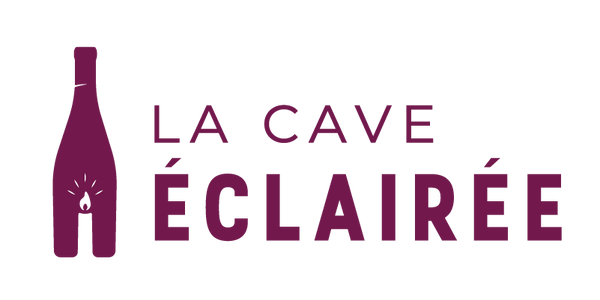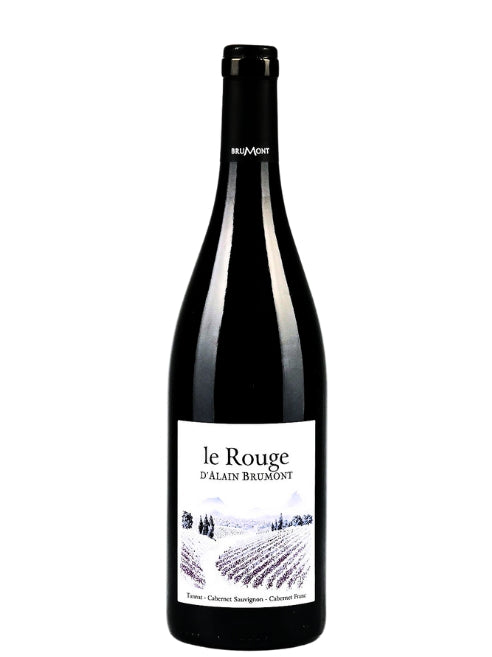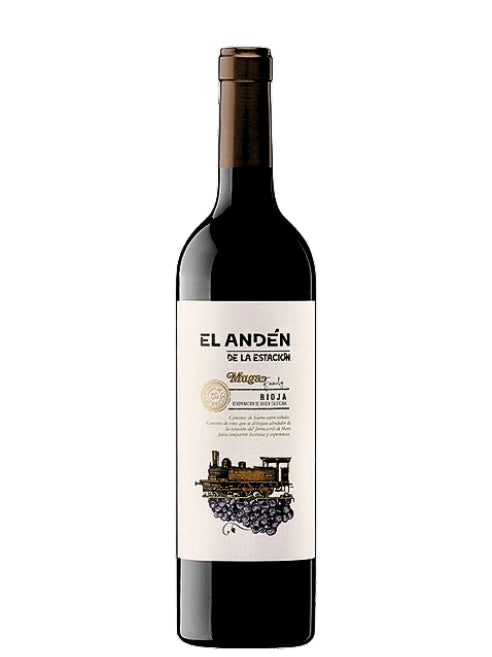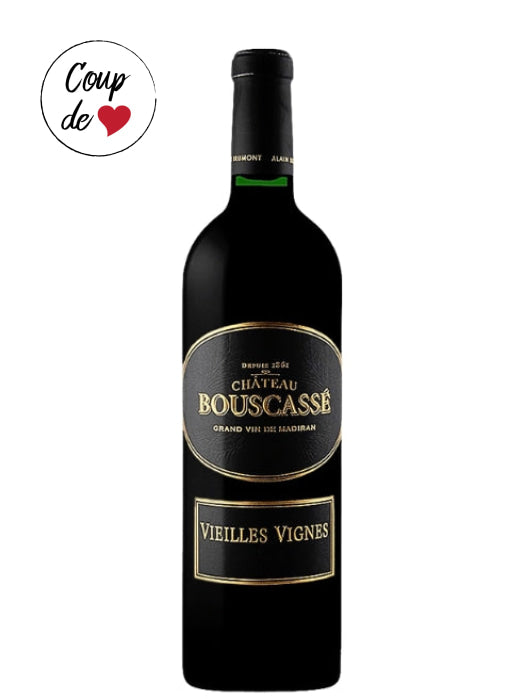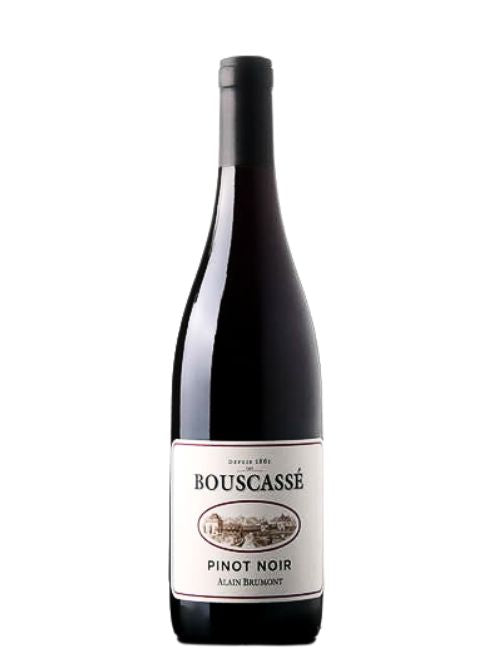The 51 Alsatian Grands Crus
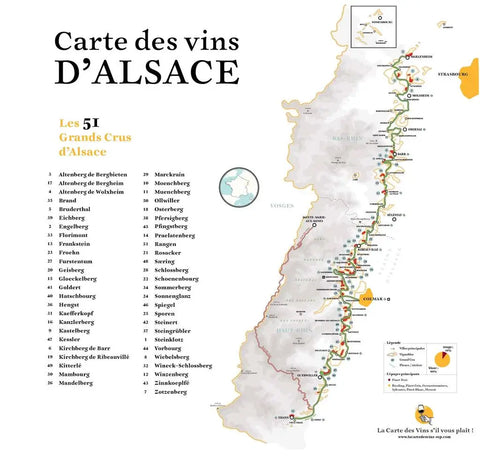
Grand Cru and Premier Cru in Champagne
If this system therefore highlights some of the terroirs producing the best grapes, the value of the notion of Cru in Champagne does not have the same strength as in Burgundy or in Alsace. Indeed, Grands and Premiers Crus from Champagne represent nearly 26% of the total area of the region, which is twice as much as in Burgundy ! The tolerance is therefore much broader here, and some plots within Premier or Grand Cru villages probably do not deserve to be classified.
Consequently, while for the consumer these mentions remain a good indicator, it must be remembered once again thatthey are not as elitist as in some other regions.
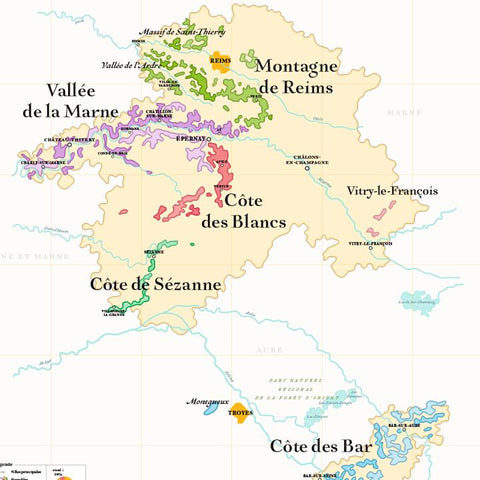
The sweet Grand Crus of Loire
The AOC Quarts-de-Chaume thus became in 2011 the AOC « Quarts-de-Chaume Grand Cru » and the locality « Chaume » within the AOC Coteaux-du-Layon became the AOC « Coteaux-du-Layon Premier Cru Chaume ».
These appellations produce the best sweet white wines of the region , all made from the Chenin blanc grape variety, harvested in overripeness and botrytized(noble rot). Representing only 120 hectares, the classification of these terroirs, mainly composed of schists and sandstones and facing due south, was not simple and took nearly 10 years.
Let's bet that in the coming years, other terroirs will likely emerge within the region to be better valued and that the notion of Cru in Loire will no longer be reserved only for sweet wines!
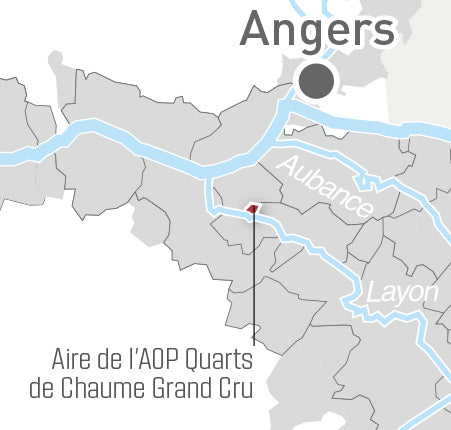
The Grands Crus of Provence
Thus, inJuly 1955 , 23 estates (out of the 300 recorded at the time) received the distinction of« Cru Classé » according to 4 criteria : the history of the estate, the obligation to bottle at the property, a minimum delay for market release for the wines, and direct sales. Today, 18 estates continue to claim this mention, 5 of them having since disappeared. Among this list and in a non-exhaustive manner : Minuty, Château Roubine, Domaine de la Croix, Château Sainte-Marguerite, Clos Cibonne etc.
This classification is based on no qualitative criteria, making it very debatable and debated.Moreover, unlike the Bordeaux classification of 1855 from which this Provençal classification was largely inspired,all the cuvées from the same estate can bear the mention " Cru Classé" on their bottle ... Let's admit that this might leave one pondering when it comes to tasting the entry-level cuvée of the property. Furthermore, as is also the case inBordeaux , if one of these estates decided to purchase new lands, the wines produced from these could still display the mention " Cru Classé ", even though no quality control of these terroirs has been conducted !
Finally, this hierarchy is not subject to change. Yet an update would be welcome...Indeed, the number of producers in the region has doubled since the creation of the ranking (from 300 to 600), some of these "new" estates would very likely have their place within this presumed elite. You will have understood, therefore, this very debatable ranking does not hold much interest for the consumer when choosing their wine. Nevertheless, one should not make definitive generalizations, and some classified properties still produce among the best wines in the region. For example, the superb rosé, white, and red cuvées from Château Sainte-Marguerite. Conclusion You now know almost everything about the numerous wine rankings of our beautiful French regions.All that's left is practiceso that all your new knowledge doesn't remain purely theoretical. Visit La Cave Éclairée !
